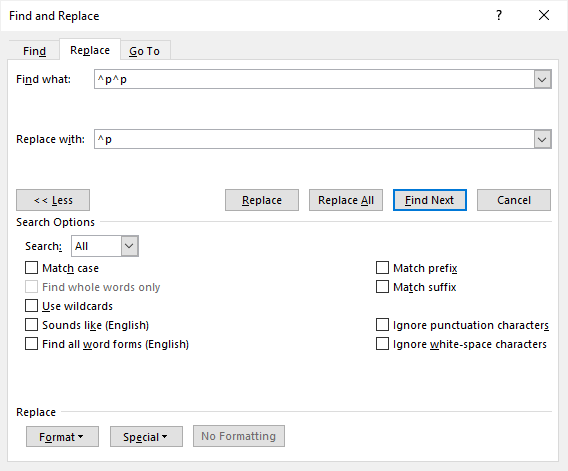
The file format used in Word stores formatting information in a different portion of the file than the text to which that formatting is applied. This is because Word treats text and formatting completely independent of each other. In fact, you can insert a "start code" in your text, and if you don't insert an "end code," (or if you delete the "end code" without deleting the "start code") the rest of the document is formatted according to the lone "start code." You can select and delete these codes, just as you would any other character. These are the code markers that are visible when you display the reveal codes window. These are actual codes, inserted in the actual text. When you format some of your text, a "start code" is inserted at the beginning of the selection, and an "end code" is inserted at the end. WordPerfect essentially treats text and formatting the same. Suffice it to say that they are just different than each other.

I won't try to convince anyone that one approach is better than the other both have their pros and cons. The reason is because there is a core difference between how documents are formatted in Word and WordPerfect, and each takes a totally different approach to text in general. They do not understand why there is no comparable function in Word. I get many people who write and express frustration because they miss the "reveal codes" feature they were used to in WordPerfect.


 0 kommentar(er)
0 kommentar(er)
